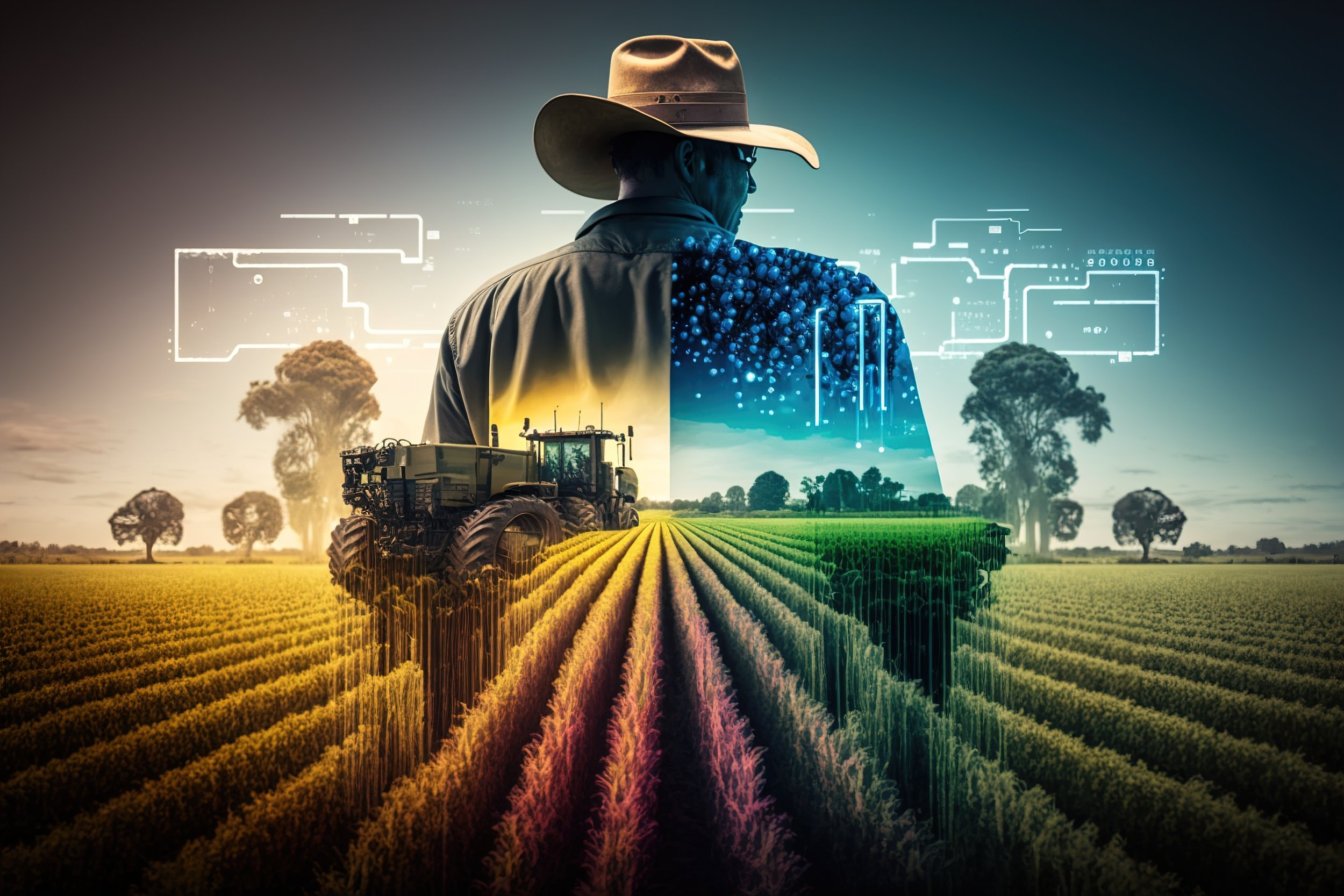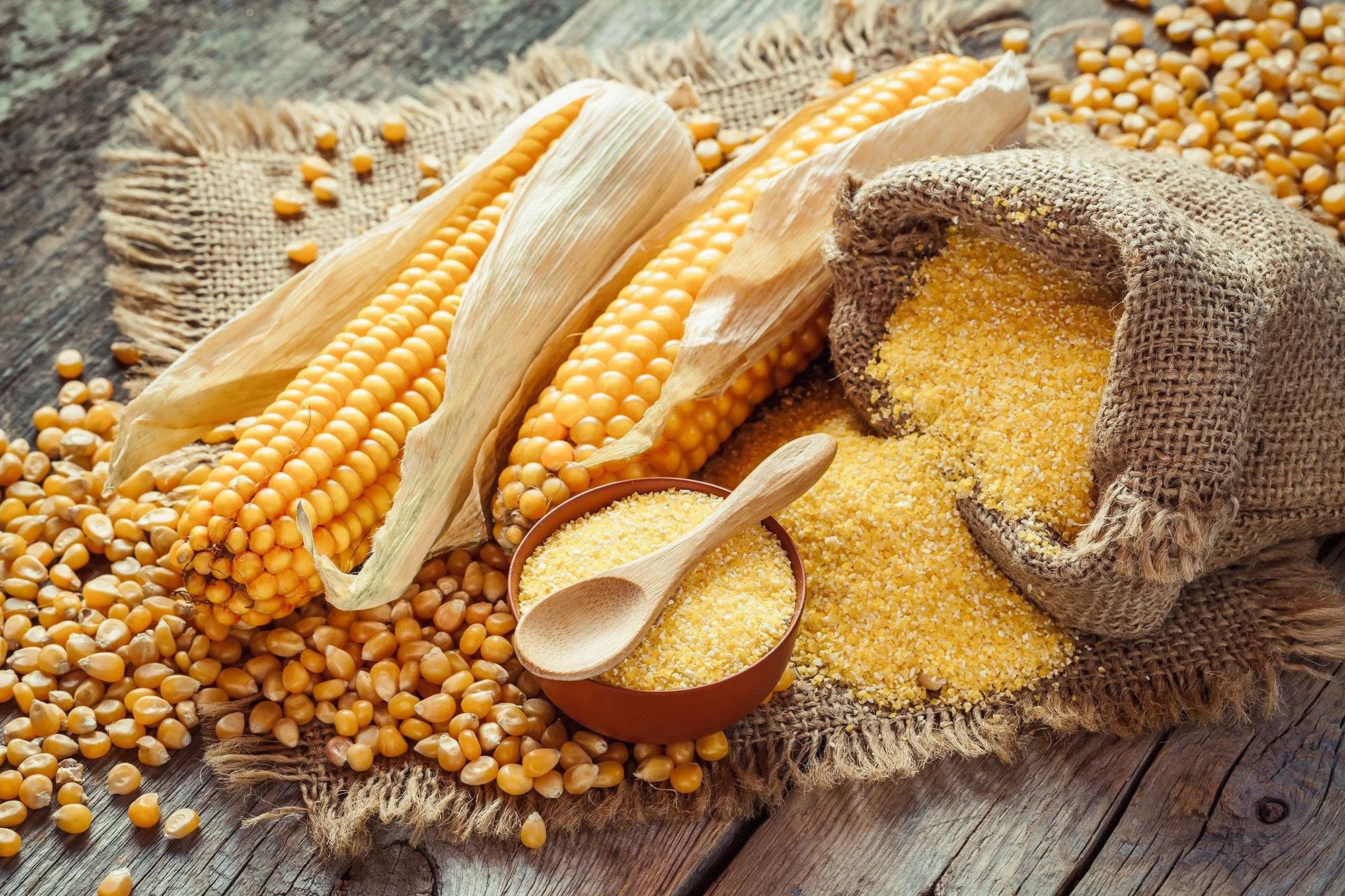
AGRICULTURAL PRODUCTS
Working with the world's leading agricultural commodity producers.
SUGAR - CORN - SOYBEAN - RICE - WHEAT - COFFEE - COTTON - OILSEEDS - MEAT - LATEX - RUBBER - SILICONE - FERTILIZER
SUGAR IC45 - IC 150 - VHP 600/1200
Brazil today is the largest producer of sugarcane in the world, in addition to being the first in the production of ethanol and sugar, being responsible for 48% of world exports of this commodity.
ICUMSA IC 45 is a highly refined white sugar with a high purity rating. Its produced through a controlled crystallization process.
INCUSA IC 150 is a white cane sugar that is formed through crystallization without chemical refining. It is often used in baking, drinks, and other food production.
ICUMSA VHP 600-1200 stands for Very High Polarization, and is a raw sugar with a high sucrose content and low moisture often exported to be refined into different types of sugar
CORN
Brazil is the third largest producer of corn in the world and a large part of this production is of the yellow and genetically modified type.
GMO CORN Genetically modified organisms (GMOs) are created by altering an organism's genetic material in a lab to produce, eliminate, or change a specific trait
NON GMO CORN is grown using specific seed production and farmer production practices. Farmers may also take additional steps to ensure their corn is non-GMO, such as seed and grain testing
SOYBEAN
Today Brazil is the largest soy producer in the world. The country produced 125 million tons of grain in the last harvest, sustainably with the preservation of 66% of its native forest.
Here are some differences between :
Yield: Non-GMO soybeans have a higher yield and protein content than GMO soybeans.
Water content: Non-GMO soybeans have a lower water content than GMO soybeans.
Taste and aroma: Non-GMO soybeans have a superior taste and aroma. Pesticide residues: GMO soybeans contain glyphosate and AMPA, a breakdown product of glyphosate. Organic soy does not contain these chemicals.
RICE
We work with white, parboiled and brown rice. All of them undergo a rigorous quality process and the result is rice of noble and odorless grain of excellent cooking and abundance.
WHITE RICE White rice with long thin grain, with a maximum of 5% of broken grains, of segregated varieties, well polished, electronically selected, with excellent quality of cooking and abundance.)
PARBOILED RICE Parboiled rice, steam pre-cooked in totally automated process, double water polished, electronically selected, odorless, with higher nutritional and performance value.
BROKE RICE Broken rice is taken from the head of the rice grain while grinding broken rice, the fragments of the head of the rice is called broken rice. And as it is known, this is the place that contains many embryos and rice bran, many nutritional ingredients so that when using broken rice to cook rice is usually better than normal rice.
WHEAT
Brazilian wheat is graded as hard or very hard, based on the relationship between its protein matrix and starch granules. The SKCS method is used to classify wheat as follows:
: Soft: Below 54
Medium hard: 55-74
Hard: 75-89
Very hard: Above 90
The hardness of wheat is important because it affects the end use of the wheat and the flour it produces.
SOFT WHEAT FLOUR: Used for cookies ad cakes
HARD WHEAT FLOUR: Used for bread because it has a higher protein content and stronger gluten-forming proteins than soft wheat flour;
DURUM WHEAT: Used for pasta making
COFFEE
Brazil remains the largest coffee producer in the world and one of the largest coffee exporters. According to the International Coffee Organization, Brazil exported over 41 million bags of coffee in the 2020-2021 coffee year, accounting for approximately 33% of global coffee exports.
ARABICA Arabica coffee beans are grown at higher altitudes and have a more delicate flavor with notes of sweetness and acidity. Arabica coffee is generally considered to be of higher quality due to its complex flavor profile.
ROBUSTA Robusta coffee beans are grown at lower altitudes and have a more robust flavor with notes of bitterness and earthiness. Robusta coffee accounts for 25% of world production.
SOLUBLE A more practical way to consume coffee, soluble coffee is made by extracting and dehydrating coffee beans. It has a milder flavor and less caffeine than regular coffee.
OILSEEDS
SUNFLOWER OIL is a popular vegetable oil that is extracted from the seeds of the sunflower plant. It is a light-colored, mild-tasting oil that is high in polyunsaturated fats and low in saturated fats, making it a healthy choice for cooking and baking.
SOYBEAN OIL is a vegetable oil extracted from the seeds of the soybean (Glycine max). It is one of the most widely consumed cooking oils and the second most consumed vegetable oil.[2] As a drying oil, processed soybean oil is also used as a base for printing inks (soy ink) and oil paints.
BEEF - POULTRY - PORK - FISH - BUFFALO - LAMB
We offer a wide variety of meats, presented in a variety of cuts and styles .
Sellers with Halal, Kosher certification.
BEEF (Premium beef and beef cuts.)
POULTRY (Whole Chicken - Chicken Leg - Chicken Breast - Chicken Wing - Chicken Paw - Chicken Neck )
PORK ( Pork Carcass - Pork Shoulder - Pork Leg - Pork Loin - Pork Belly - Pork Spareribs)
COTTON
In just two harvest seasons, Brazil is the second producer in the world with 2,49 million tons production estimate by year. 00% of Brazilian cotton is tested by High-Volume Instruments (HVI). The testing ecosystem comprises 11 laboratories plus a central lab to ensure results that are reliable and valued worldwide.
Brazilian cotton bales are standardized in pressing, at the end of the ginning process. Each bale has an average weight of 200kg – 220kg and is 0.90m in length, 0.50m in width and 1.4m in height.
1st cotton yields in drylands.
Highest cotton yield average in the world without irrigation, at 1,800 Kg/hectare.
Currently, 92% of Brazilian cotton is in dryland areas.
FERTILIZER
Urea is used in both agricultural and industrial sectors, with the highest consumption, about 90% of urea production in the world is allocated to agriculture and 10% to industry.
UREA N46 ( UREA N46 GRANULAR - N2 content: 46 Min. - Birut content: 1.0 Max. - Moisture: 0.5 Max. - Granulation 2-4 mm % 96.0)
AMMONIUM NITRATE AN ( for agricultural use)
AMMONIUM NITRATE AN ( for technical use)
NPK types 15.15.15 - 20.15.6 ( or any variety)
PHOSPHATE FERTILIZER DAP - MOP
LATEX
LATEX is a milky, creamy-white emulsion derived from various seed plants, including the rubber tree, milkweed, and poppy. It is produced in specialized cells known as laticifers, which create intricate tubes and networks within the plant. Latex serves as the primary source of rubber and can be utilized to manufacture a range of products, such as tires, balloons, and medical gloves.
RUBBER
RUBBER is an elastic, water-resistant material known for its ability to stretch and return to its original shape. It consists of long, intertwined molecular chains that can be extended but will revert to their initial configuration. Rubber is derived from the latex of specific tropical plants, notably the Hevea brasiliensis tree. This latex is a milky fluid that is released when the plant is tapped or injured.
SILICONE
SILICONE is a synthetic, rubber-like material composed of silicon and oxygen atoms. Known for its heat resistance, durability, and low chemical reactivity, silicone is also water-resistant while exhibiting high gas permeability. It is utilized in a variety of applications, including sealants, adhesives, lubricants, cookware, and medical devices. Additionally, silicone is found in cosmetics, such as skin creams and deodorants.













